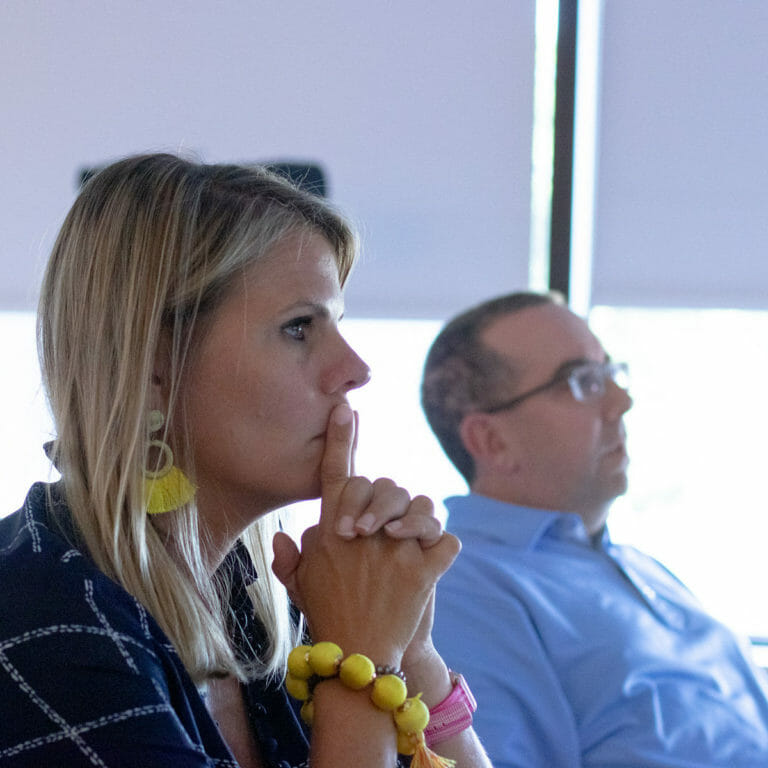
How to boost team morale and motivate your people
Employee morale may describe how satisfied employees are with their work, their level of happiness or motivation, or their enthusiasm or engagement, among other traits.

Employee morale may describe how satisfied employees are with their work, their level of happiness or motivation, or their enthusiasm or engagement, among other traits.

Employee morale may describe how satisfied employees are with their work, their level of happiness or motivation, or their enthusiasm or engagement, among other traits.

A change management process refers to any system or framework a business or organization puts in place in order to help them design, build, implement, and manage change strategies.

Tips, strategies, and workplace examples of effective team goal-setting Setting effective team goals sounds simple enough. After all, we set goals for ourselves every day. Whether you’re writing down a to-do list or trying to accomplish something a little more long-term, setting a goal just means stating what you want to get done. So why…

Creating and implementing a change management plan helps organize the transition to a proposed change, improves buy-in, and builds trust among team members.

Manager survey questions offer a valuable opportunity to solicit employee feedback, and effectively improve manager performance.

As an HR professional, your best defense is a good offense. If you can anticipate the reasons you might have a proposal denied, you can more readily dispel misconceptions.

How do you build a high-performing team? Even the clearest business vision is lost without the right people in place. You certainly can’t build a high-performing team just by hiring a few people with glowing resumes. This holds true whether yours is an organization of five or 5,000, multinational or local. You can’t achieve your…

In his new book, Expand the Circle, PI’s Matt Poepsel has a solution for ineffective and outdated leadership. Learn more in our Q&A.

Nobody approached this “return to office” request with a sense of obligation. We were here to connect with colleagues, sure, but also to compete.

Understanding the different communication styles of our team members builds trust, improves interpersonal skills, and enables efficient and effective decision making.

Micromanagement fuels resentment and negativity—and who wants to work in an office like that? True leaders are constantly seeking to improve themselves, which means enhancing their self-awareness.

Meetings are essential to a team’s communication, collaboration, and effectiveness. But with so many different kinds of meetings out there, from one-on-one meetings to all hands meetings, how do you know which one is the most effective for your needs?